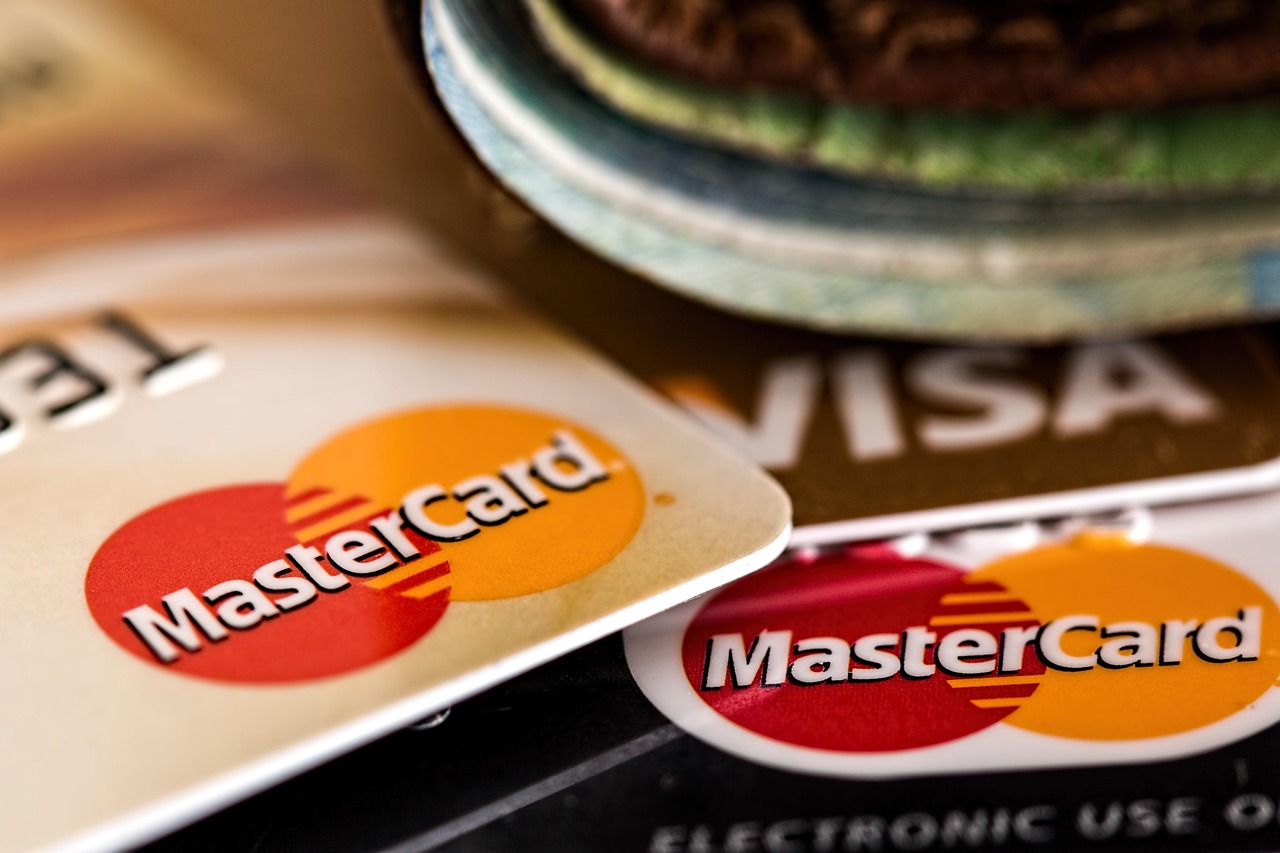Multi-Factor Authentication Pairs with Tokenization: Enhancing Security in the Digital Age

In the rapidly evolving digital landscape, ensuring the security of sensitive information has become more challenging and critical than ever. As cyber threats increase in sophistication, organizations worldwide are turning to advanced security frameworks such as Multi-Factor Authentication (MFA) and tokenization to protect data integrity and privacy. This article examines how these two technologies complement each other to create robust security measures.
Multi-Factor Authentication (MFA) is a security system that requires multiple forms of verification from independent categories of credentials to grant access. Typically, MFA involves something the user knows (a password), something the user has (a smartphone or hardware token), and something the user is (biometric verification). By demanding two or more of these authentication factors, MFA significantly reduces the likelihood of unauthorized access, even if one factor becomes compromised.
Tokenization, on the other hand, is the process of substituting sensitive data elements with non-sensitive equivalents, known as tokens. These tokens are randomly generated and have no exploitable value or meaningful correlation with the original data outside their intended environment. Tokenization is widely used in payment processing, where credit card numbers are replaced with tokens, ensuring that sensitive information is not stored in vulnerable systems.
The integration of MFA with tokenization offers a layered security approach that addresses vulnerabilities at multiple levels. Here are several ways in which these technologies intersect to enhance security:
- Data Breach Mitigation: While tokenization ensures that sensitive data such as credit card numbers or personal identification details are not stored in their original form, MFA adds an additional layer by requiring multiple credentials for access. This combination significantly reduces the risk of data breaches.
- Compliance with Global Standards: Many international regulations, such as the General Data Protection Regulation (GDPR) in Europe and the Payment Card Industry Data Security Standard (PCI DSS), mandate stringent data protection measures. The use of MFA and tokenization helps organizations meet these regulatory requirements by securing both access and storage of sensitive information.
- Enhanced User Trust: As data breaches and cyber threats continue to make headlines, businesses that implement strong security measures can build trust with their users. The dual protection from MFA and tokenization reassures customers that their data is handled with the utmost care.
- Reduced Fraudulent Activities: Tokenization minimizes the risk of data being used fraudulently by ensuring that only meaningless tokens are stored, while MFA prevents unauthorized access even if a token is intercepted.
Globally, the adoption of MFA and tokenization is on the rise as organizations recognize their effectiveness in mitigating cyber threats. According to a report by Gartner, by 2025, 60% of large enterprises and 90% of midsize enterprises will implement MFA as part of their cybersecurity strategy.
However, it is important to acknowledge the challenges associated with the implementation of these technologies. The complexity and cost of deploying MFA and tokenization systems can be significant, especially for small to medium-sized businesses. Additionally, user resistance to adopting new authentication methods can hinder widespread acceptance.
In conclusion, the pairing of Multi-Factor Authentication with tokenization represents a formidable defense against the myriad of cyber threats facing organizations today. By securing both the access and storage of sensitive information, these technologies not only protect against breaches but also ensure compliance with global data protection standards. As the digital world continues to expand, investing in such robust security measures will be pivotal for organizations aiming to safeguard their assets and maintain user trust.














